When it comes to selecting the perfect gemstone for an engagement ring, the debate of diamond vs moissanite has grown more relevant than ever. Both stones possess remarkable beauty, but their characteristics differ in ways that can significantly influence your decision. Diamond vs moissanite is not just a comparison of sparkle; it’s a discussion about symbolism, value, and lifestyle choices. In this article, we’ll explore diamond vs moissanite in terms of appearance, durability, color meaning, and cultural significance—so you can make an informed decision that suits your personal style.
Diamond vs Moissanite: Color and Meaning
One of the most important aspects of diamond vs moissanite is the color. Diamonds are traditionally valued for their colorlessness, which symbolizes purity, eternity, and unwavering love. High-grade diamonds have minimal color, giving them a crisp brilliance. Moissanite, on the other hand, often carries subtle undertones—sometimes slightly yellow or gray under certain lighting—which can give it a warmer, more modern appeal. In the context of diamond vs moissanite, these color differences also translate into different emotional meanings: diamonds are seen as timeless and classic, while moissanites can represent innovation, individuality, and a forward-thinking mindset.
The Symbolism Behind Each Stone
In the diamond vs moissanite conversation, symbolism plays a significant role. A diamond is often chosen for milestone occasions because it’s considered the ultimate representation of commitment and permanence. Moissanite, born from cosmic origins, embodies rarity, discovery, and a unique approach to love and beauty.
Durability and Everyday Wear: Diamond vs Moissanite
When considering diamond vs moissanite for daily wear, durability is crucial. Diamonds top the Mohs hardness scale at a perfect 10, making them extremely resistant to scratches. Moissanite follows closely at 9.25, still making it an excellent choice for wedding bands, earrings, bracelets, and other jewelry you plan to wear often. In the diamond vs moissanite debate, both stones are capable of lasting generations with proper care, though diamonds hold the title for the hardest known natural material.
Ideal Uses for Each Gem
The diamond vs moissanite choice can also depend on the type of jewelry you’re purchasing. Diamonds may be preferred for traditional wedding sets or heirloom pieces, while moissanite’s affordability and brilliance make it perfect for trendy statement rings, modern earrings, or travel-friendly jewelry where cost-effective elegance is desired.
Price, Value, and Ethical Considerations in Diamond vs Moissanite
Price is often the deciding factor in diamond vs moissanite. A high-quality moissanite can cost a fraction of a diamond of similar size, freeing up your budget for a more elaborate setting or matching wedding bands. Ethically, moissanite is lab-created, making it an attractive option for eco-conscious buyers. Diamonds, while natural, can also be sourced ethically through reputable jewelers committed to transparent supply chains.
Why Shoppers Choose One Over the Other?
In the diamond vs moissanite debate, tradition often sways buyers toward diamonds, especially for engagement rings. However, younger shoppers and those seeking larger, more brilliant stones at a lower cost increasingly opt for moissanite.
Final Thoughts on Diamond vs Moissanite
Whether you’re drawn to the eternal symbolism of a diamond or the cosmic sparkle of moissanite, the diamond vs moissanite decision is deeply personal. The key is to choose a piece that reflects your love story, lifestyle, and values. Reputable jewelers like ItaloJewelry offer a wide range of exquisite engagement rings, wedding bands, necklaces, earrings, and bracelets to suit every taste—ensuring that whichever path you choose in the diamond vs moissanite debate, your choice will shine beautifully for years to come.


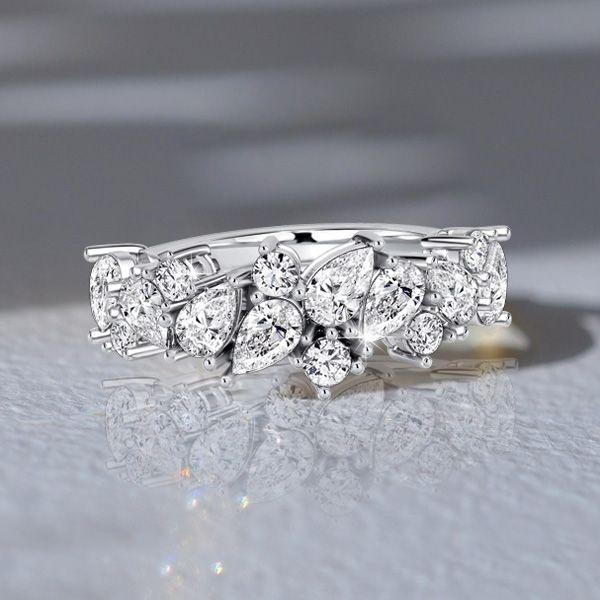
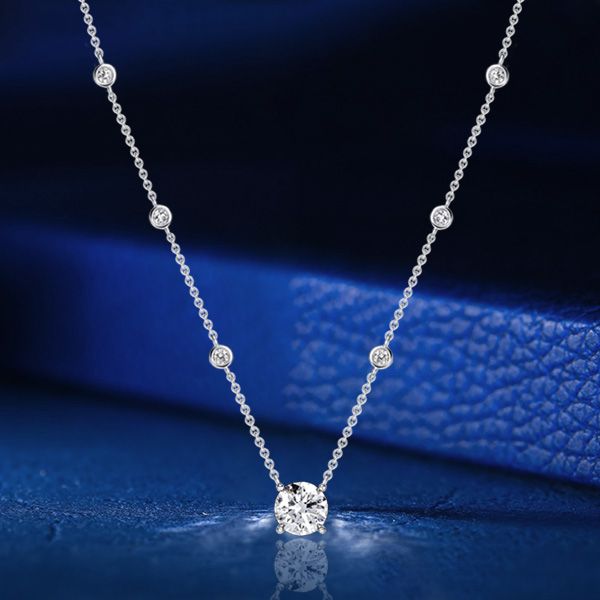
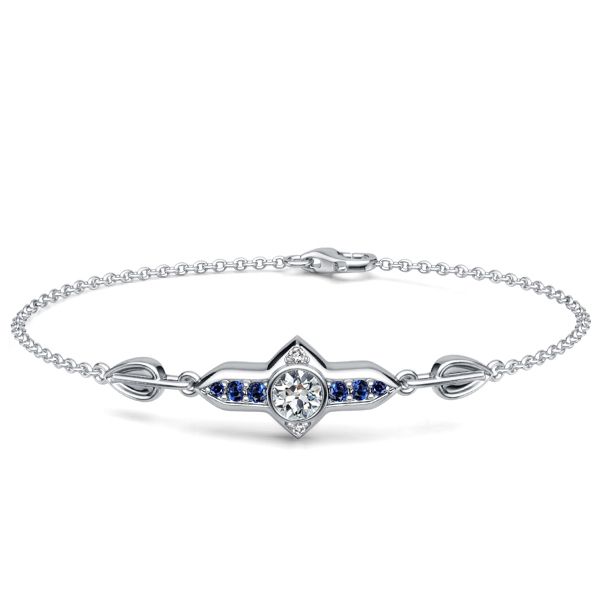
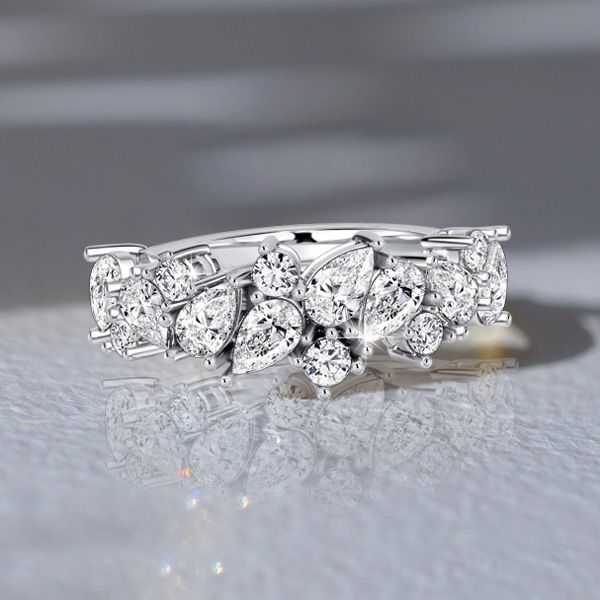

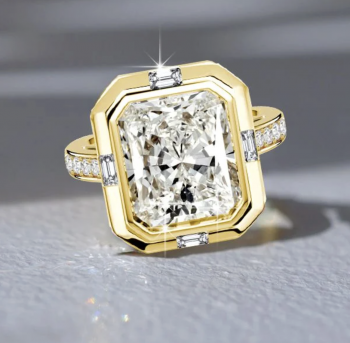
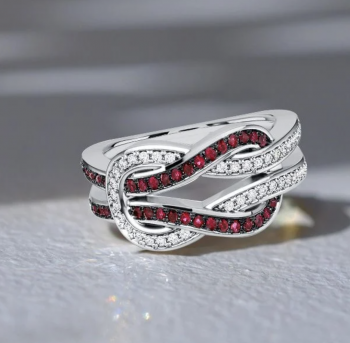
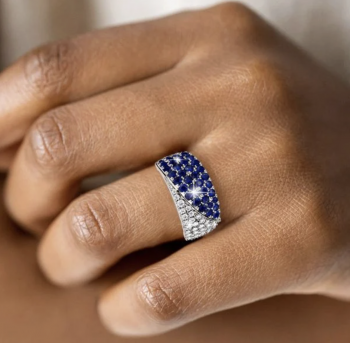
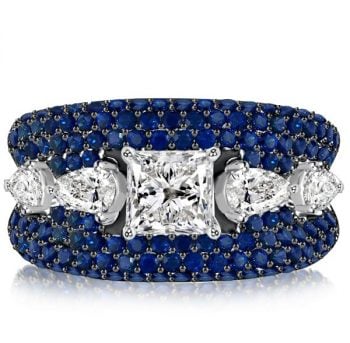
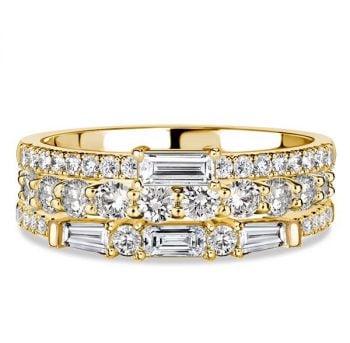

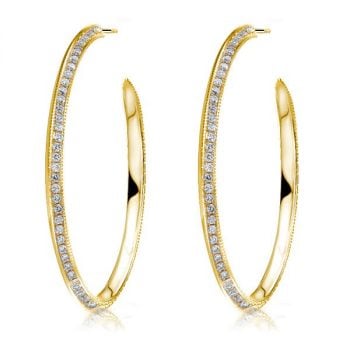
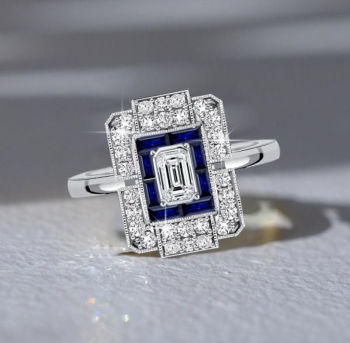

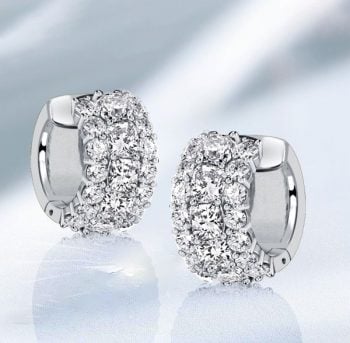
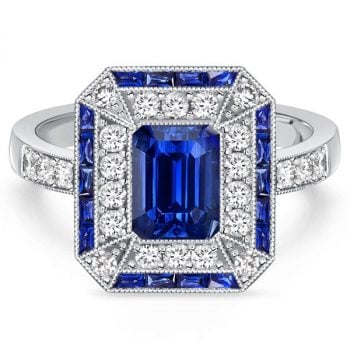
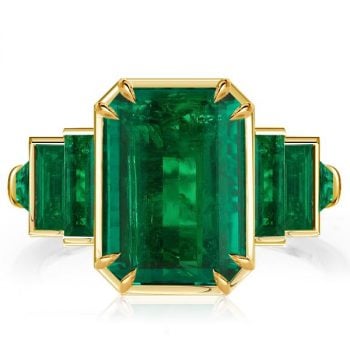
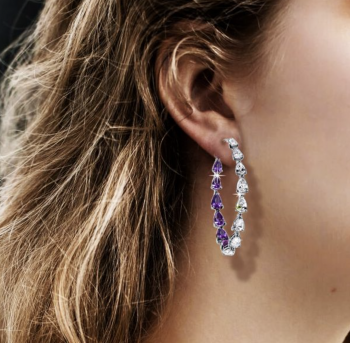
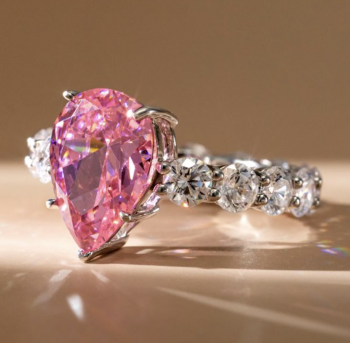
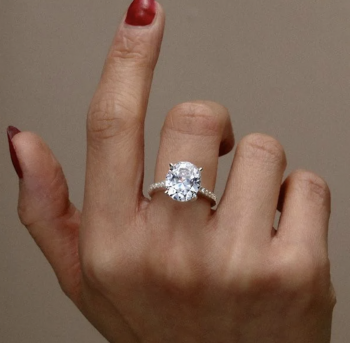
 © 2026 by Italojewelry®. All Rights Reserved.
© 2026 by Italojewelry®. All Rights Reserved.